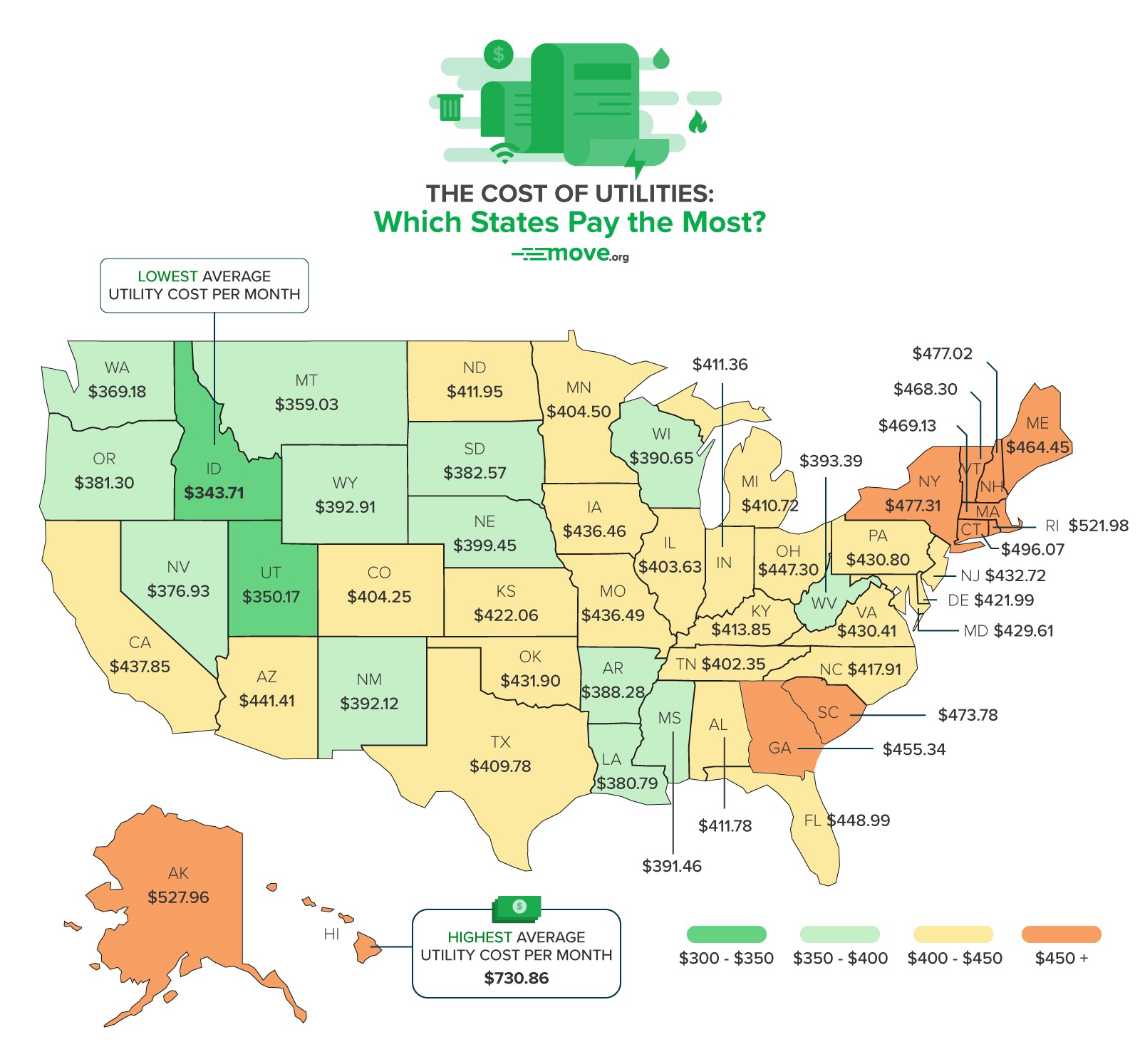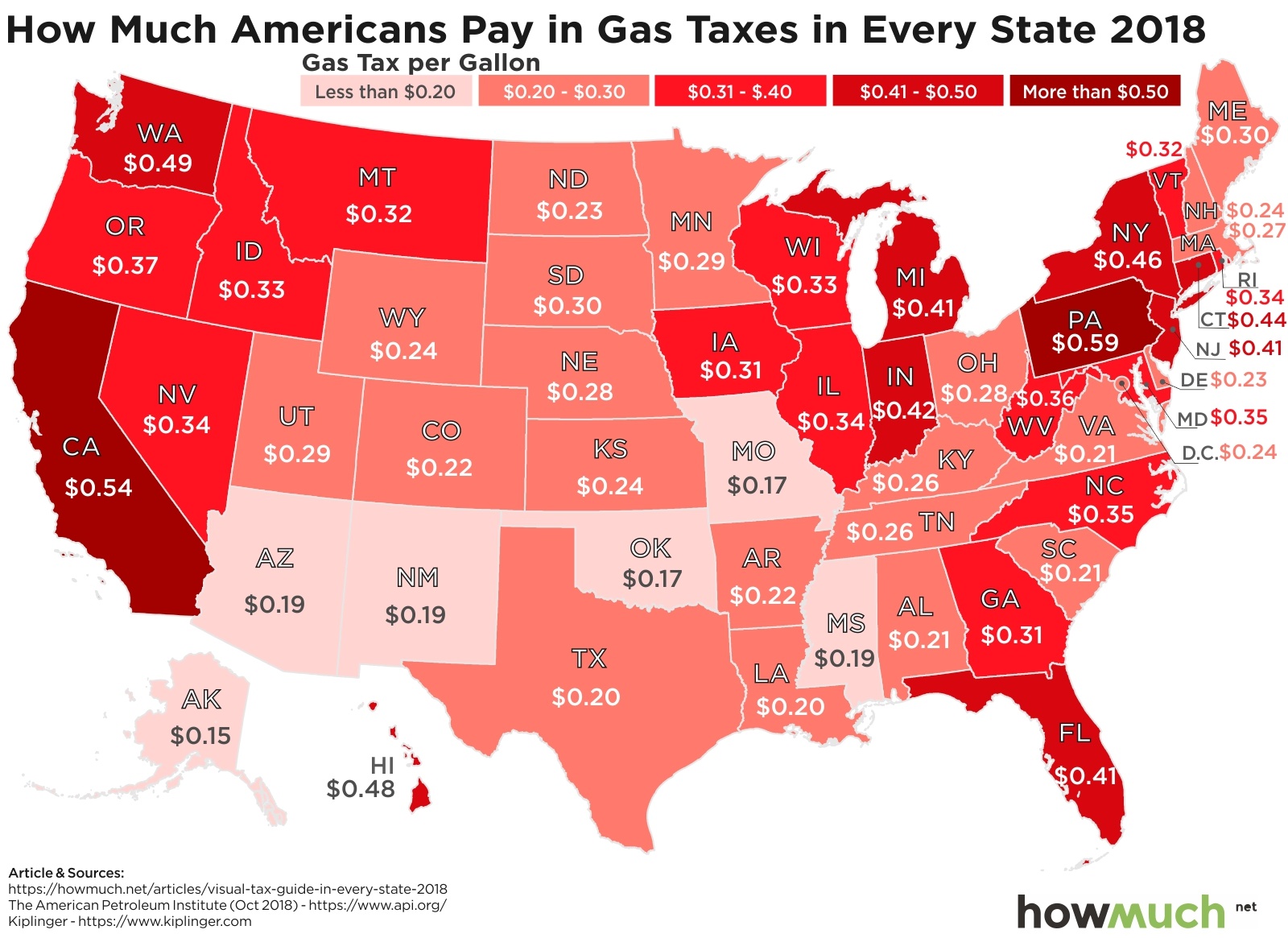Electricity Rates in Connecticut Among Highest in the Nation
/This will come as no surprise to residents and business owners in Connecticut: the state’s electric rates are among the highest in the nation. Higher than last year.
Read MoreThis will come as no surprise to residents and business owners in Connecticut: the state’s electric rates are among the highest in the nation. Higher than last year.
Read MoreIt turns out that with a concerted effort, green can be a more consequential color than black and white, at least in Connecticut. Newly released data indicates that the state is bucking a national trend of disparity when it comes to solar adoption among communities of color, according to the Connecticut Green Bank.
Read MoreCommercial fishing, a mainstay of Connecticut commerce, is raising a cautionary voice – even as the state is doubling down on the potential benefits of wind power off the state’s shoreline, aimed at increasing energy efficiency and economic development. Don’t grow one renewable resource at the cost of another, they stress, as the legislature ponders action.
Read MoreWhen it comes to attorneys with expertise in defending imperiled Governors facing impeachment, Connecticut’s Ross Garber has no real competitors according to an article in the May issue of Governing magazine.
Read MoreConnecticut is well positioned to participate in the offshore wind economy and supply chain, some say. The state is stepping slowly.
Read MoreHistoric preservation and solar panel would seem like oil and water, but increasingly in Connecticut, the advantages are seen to outweigh the disadvantages. The acceptance of solar comes as technology helps to make systems less obtrusive, and also as more historic preservationists recognize the urgency to address climate change, according to a report in Energy Network News.
About one-tenth of Connecticut’s 3,000 historic preservation cases last year involved solar installations. That’s a significant increase from five years ago, Todd Levine, an architectural historical for the state’s preservation office, told Energy Network News. Of those 300 solar cases, however, only 10 were concluded to have adverse effects, but even in those cases the state office was able to work with stakeholders and ultimately approve them all.
The National Trust for Historic Preservation and the Department of the Interior recommend installing solar panels on the area least visible to the public or on any new addition on the property, like a garage. Typically, historic commissions don’t want panels on the principle facade of the building facing the public right-of-ways. Lower public visibility is preferred, but increasingly, that is not ruling out solar panel installation at historic properties.
At the state level, the historic preservation office has partnered with the quasi-public clean energy agency, the Connecticut Green Bank, to mitigate any adverse effects installs could have on historic properties. Energy Network News reports that they are currently collaborating on a publication they plan to distribute in the coming months outlining best practices on the intersection of energy efficiency, renewable energy, and historic preservation.
Also last year, Connecticut upped the ante on renewables across the board.
A new law approved in 2018 requires that by 2030, 40 percent of the power provided by electricity suppliers in the state flow from renewable sources, double the target for 2020. Another law approved by the 2018 legislature established a stringent interim greenhouse-gas-reduction goal of 45 percent below 2001 levels by 2030. The state’s 2008 Connecticut Global Warming Solutions Act mandates an 80 percent reduction by 2050.
The state Department of Energy & Environmental Protection explains that the term renewable energy generally refers to electricity supplied from renewable energy sources such as wind and solar power, geothermal, hydropower, and various forms of biomass. These energy sources are considered renewable sources because they are continuously replenished on Earth.
Currently, Hawaii has the most aggressive clean-energy mandate in the nation: 100 percent by 2045; followed by Vermont: 75 percent by 2032; and California, New York, and New Jersey, which each have a goal of 50 percent by 2030, according to the Council of State Governments.
California set a 100-percent-by-2045 zero-carbon electricity goal in September last year. New York Gov. Andrew Cuomo proposed the state set a 100-percent-by-2040 zero-carbon electricity goal in January. Newly elected governors in Colorado and Connecticut are pushing for 100-percent renewable energy mandates, as well, as are their counterparts in Illinois, Minnesota and Nevada, according to Solar Magazine. Connecticut’s legislature is also considering additional steps to encourage renewable energy in the state, the New London Day recently reported.
Attorneys for ratepayers, efficiency businesses and environmental organizations have filed an appeal in the U.S. Court of Appeals for the Second Circuit in New York , asking the appellate court to reverse an October 25 U.S. District Court decision that denied plaintiffs a remedy in their lawsuit to force the State of Connecticut to restore $145 million in ratepayer dollars intended to save families money on energy bills and reduce climate pollution.
The original lawsuit, filed in May, was filed to stop the state legislature’s 2017 sweep of Connecticut’s energy efficiency and clean energy funds, and to prevent future diversions of ratepayer funds. The original complaint argued that diverting ratepayer funding to plug a budget deficit instead of using the dedicated funds for its intended purpose violates the Contract Clause and Equal Protection Clause of the United States Constitution and functions as an illegal tax on tax-exempt organizations like churches and nonprofits.
“We are pursuing the case to fix the damage the raids have done to Connecticut families and businesses,” said Roger Reynolds, chief legal director at Connecticut Fund for the Environment. “Residents trusted that their ratepayer dollars would go where their electric bills said they would—towards energy efficiency and clean energy programs that save money and cut climate pollution. Instead those hard-earned dollars were used to plug a hole in the state budget. We believe the appellate court will see that the state’s action violated federal contract and tax law, and ask them to correct that mistake to put Connecticut back on the path to a healthier energy future and a stronger economy.”
Judge Janet C. Hall at the U.S. District Court in New Haven ruled in October that the state’s 2017 budget that swept ratepayer funds did not impair contracts between ratepayers and their electric distribution companies because neither utility tariffs nor state law ever promised ratepayers that their dollars would not be transferred to the General Fund for unrelated purposes.
The organizations filing the suit pointed out that when the General Assembly found itself facing a deficit in fall 2017, they passed a budget instructing the state to “sweep” and divert the energy efficiency and clean energy funds to the general fund. However, these funds are not government property, they stressed, and were not raised through state taxes but were paid by ratepayers to utilities for specific services. Therefore, "seizing these funds amounts to taking ratepayer funds that were paid for another purpose."
As a result of the "raids", the filers of the lawsuit pointed out that "12,900 homes will not receive energy assessments, weatherization upgrades, reduced pricing on insulation, or associated energy bill savings. Furthermore, 5,600 of these are low income households that often require additional financial assistance to close the energy affordability gap. The award-winning Connecticut Green Bank leverages $6 in private investment for every $1 of renewable energy funding. Yet these sweeps resulted in a 53% reduction in this program’s budget, requiring layoffs and project cancellations."
This case raises an important legal issue relevant beyond Connecticut, according to environment groups, because it is the first time ratepayers argued in court that when they pay their utility bills with surcharges dedicated for specific programs or services—such as energy efficiency and renewable energy—enforceable contracts arise that cannot be invaded by any state.
"Connecticut’s leaders broke the trust of their constituents when they turned electric ratepayer dollars into an illegal tax,” said lead plaintiff Leticia Colon de Mejias, chair of Efficiency For All (EFA) and founder. “Even in these difficult times, it is obvious that stealing ratepayer funds intended to help Connecticut residents and businesses reduce energy waste, save money on energy bills, and access clean resources is a bad choice."
“Sierra Club Connecticut supports this legal appeal by Connecticut Fund for the Environment and allies, and the advocacy of groups including Efficiency for All, to restore the misappropriated energy efficiency monies that our General Assembly voted to take away and use as a stop gap for our budget woes" said Martha Klein, chair, Sierra Club Connecticut. "It was a myopic mistake, as these funds have been proven to create jobs, make revenue for the state, and reduce climate-destroying greenhouse gas emissions. This type of fund raiding hurts all of us in the long run. That money was taken from ratepayers specifically to improve the efficiency of our whole state, which would save all of us money on energy costs, and improve our health and climate.”
When the initial suit was filed against the state back in May, Governor Malloy issued a statement that, rather than defending the state action, seemed to take the opposite view:
"This should come as a surprise to no one. I have long maintained that these shortsighted sweeps would increase energy costs for consumers and businesses and cause untold harm to our green energy economy. [W]e should be cementing our role as a national leader in our efforts to combat climate change and protect our communities. The energy sweeps . . . represented a massive step backwards, and I continue to strongly oppose them," Malloy said.
Connecticut residents pay an average of $496.07 for utilities per month, the fourth most expensive average utility bill in the nation, according to a new analysis. Hawaii tops the list with the highest average utility cost, $730.86 per month, followed by Alaska, at $527.96. On the other end of the spectrum is Idaho, which has the lowest average cost at $343.71.
 Electricity costs are significantly higher on the East Coast, according to the study by move.org, released this week. Seven of the top ten states with the most expensive utilities are on the Atlantic Seaboard. In addition to Connecticut, those states are Rhode Island, ranking third at $521.98; New York ($477.31); New Hampshire ($477.02); Massachusetts ($469.13); Vermont ($468.30) and Maine ($464.45). The only other non-Atlantic coast state to land in the top 10 is South Carolina ($473.78).
Electricity costs are significantly higher on the East Coast, according to the study by move.org, released this week. Seven of the top ten states with the most expensive utilities are on the Atlantic Seaboard. In addition to Connecticut, those states are Rhode Island, ranking third at $521.98; New York ($477.31); New Hampshire ($477.02); Massachusetts ($469.13); Vermont ($468.30) and Maine ($464.45). The only other non-Atlantic coast state to land in the top 10 is South Carolina ($473.78).
The analysis noted that “electricity costs are mostly to blame for Connecticut’s high overall utility bill, but its natural gas costs are much higher than most as well at an average of $114.11 per month.” In two key categories, Connecticut had the third highest electricity rates and the 14th highest natural gas rates.
The survey broke down each state’s utility costs into a handful of distinct categories: Electricity, Natural gas, Internet, Cable and Water. [State-by-state information was unavailable for cable and water, so the analysis used the national averages to supply those figures for each state.]
The average cost of cable is $100, but that may change as more people cut their cable cords and switch to streaming services, the analysis noted.
In addition to Idaho, the least expensive utility costs can be found in Utah, Montana, Washington (State), Nevada, Louisiana and Oregon, according to the move.org analysis.

Connecticut’s state gas tax – criticized both because some consider it to be too high and because others point out that it is insufficient to keep the state’s roads and bridges maintained appropriately – is not among the highest in the nation, but comes close. Leading the way with the highest state gas tax levels are Pennsylvania (59 cents a gallon), California (54 cents), Washington (49 cents), Hawaii (48 cents), and New York (46 cents). Connecticut is the nation’s sixth highest, at 44 cents a gallon, followed by Indiana (42 cents), Florida, Michigan and New Jersey (41 cents).
In California, voters will see a referendum question on the November ballot that if passed would repeal a gas tax increase (12 cents a gallon) that was passed by the state legislature a year ago as part of a comprehensive transportation funding package to pay for highway, road and bridge repairs, as well as public transit projects in the state. Recent polls predict a close vote on Proposition 6.
In Missouri, voters will consider Proposition D, which would increase the fuel tax in that state by 2.5 cents a year for four years, totaling 10 cents a gallon. The proposal is intended to provide a stable funding stream to the Missouri State Highway Patrol, as well as millions of dollars to the Missouri Department of Transportation to repair and maintain the state's highways and bridges, according to published reports.
New Jersey’s gas tax, which had been one of the lowest in the nation, was increased in 2016 by 23 cents per gallon under a bipartisan deal engineered by then-Chris Christie and the Legislature. That pushed New Jersey into the top 10 highest rates in the nation, and was the state’s first gas tax increase since 1988, according to news stories at the time.
 In total, 27 states have raised or reformed their gas taxes since 2013. Indiana instituted a 10-cent increase in 2017; Oregon approved a 10-cent phase-in that began this year. The South Carolina legislature overrode a Governor’s veto to enact a 12-cent-per- gallon increase in the tax rate to be phased in over 6 years, according to data compiled by the Institute on Taxation and Economic Policy. Oklahoma’s legislature approved a 3 cent increase this year - that state’s first since 1987.
In total, 27 states have raised or reformed their gas taxes since 2013. Indiana instituted a 10-cent increase in 2017; Oregon approved a 10-cent phase-in that began this year. The South Carolina legislature overrode a Governor’s veto to enact a 12-cent-per- gallon increase in the tax rate to be phased in over 6 years, according to data compiled by the Institute on Taxation and Economic Policy. Oklahoma’s legislature approved a 3 cent increase this year - that state’s first since 1987.
The federal government last raised the gasoline tax 25 years ago in 1993, since then the states – in the vast majority of instances – have nudged tax rates upward in their individual jurisdictions. The lowest state rates are in Alaska (15 cents a gallon), Missouri and Oklahoma (17 cents), Mississippi, Arizona and New Mexico (19 cents).
The illustration in a recent edition of New York magazine has drawn some attention in Connecticut. Accompanying an article describing the anticipated aftermath in the tri-state region of a nuclear attack on New York City, the potential path of nuclear fall-out was shown to extend through Connecticut towns including Greenwich, Stamford, Wilton and others, reaching as far north as the town of Monroe. Within two hours of an attack on Times Square, the article described, a plume of radioactive fallout would “unfurl 60 miles beyond the city, lingering for weeks, contaminating food and water supplies.”
The article explains that “In the hours and days after a nuclear blast, a massive plume of fallout would unfurl past the city’s borders and up the Eastern Seaboard, scattering radioactive dust on everything in its path: people, homes, farms, animals, forests, rivers. The most radioactive region of the plume would reach its full length of 20 miles an hour after the explosion, exposing every unsheltered person in the area to toxic levels of radiation; if it were to spread north from Times Square, it would reach as far as New Rochelle. Within a day, this danger zone would shrink to about a mile in length. Within a week, it would have dissipated completely.
A much bigger but less radioactive region of the plume, called the hot zone, would reach its maximum length of 60 miles — extending, say, as far north as Monroe, Connecticut — two hours after the explosion. A week later, the hot zone would still extend 20 miles from the city, and it would take many more weeks for it to disappear altogether. Although radioactivity in the hot zone would likely be too weak to cause any acute symptoms of radiation sickness, it could still subtly damage the human body and increase the chance of cancer.
How far and in what direction a plume of fallout travels depends on the altitude of the mushroom cloud, as well as temperature, wind, and other meteorological variables. Within an hour of an explosion, FEMA’s Interagency Modeling and Atmospheric Assessment Center would begin to track the plume’s movement, providing updates and projections to federal, state, and local authorities. They would use the information to evacuate people in the opposite direction of the plume and warn people in the plume’s path to seek shelter and avoid consuming any exposed water or food.”
Nearly a decade ago, a New York Times story on the subject included this: Suppose the unthinkable happened…Do not flee. Get inside any stable building and don’t come out till officials say it’s safe.” That advice, the Times indicated, was “based on recent scientific analyses showing that a nuclear attack is much more survivable if you immediately shield yourself from the lethal radiation that follows a blast, a simple tactic seen as saving hundreds of thousands of lives. Even staying in a car, the studies show, would reduce casualties by more than 50 percent; hunkering down in a basement would be better by far.”
“We have to get past the mental block that says it’s too terrible to think about,” W. Craig Fugate, administrator of the Federal Emergency Management Agency at the time, told the Times. “We have to be ready to deal with it” and help people learn how to “best protect themselves.”
Connecticut's state website focuses on nuclear preparedness related to an emergency at a nuclear power plant in the state. The Department of Emergency Management and Homeland Security site indicates "While the Dominion Energy- Millstone Station in Waterford is the main focus of emergency planning in Connecticut, the fuel storage site at the former Connecticut Yankee site in Haddam, CT and the Indian Point nuclear power plant in Buchanan, New York, are also included in Connecticut's radiological emergency preparedness and response program."
Communities near those sites are linked, and a calendar of upcoming training is provided. The United Way also provides information related to evacuation and taking shelter on the agency's website. New Haven conducted an exercise of their host community reception center to prepare for the unlikely event of a nuclear release at the Millstone power plant in 2015; video here: https://www.fema.gov/media-library/assets/videos/109671
(New York magazine illustration)





© 2025 Connecticut By The Numbers [TM]
430 New Park Avenue, Suite 102, West Hartford, CT 06110
Designed by RDK Design & Photography